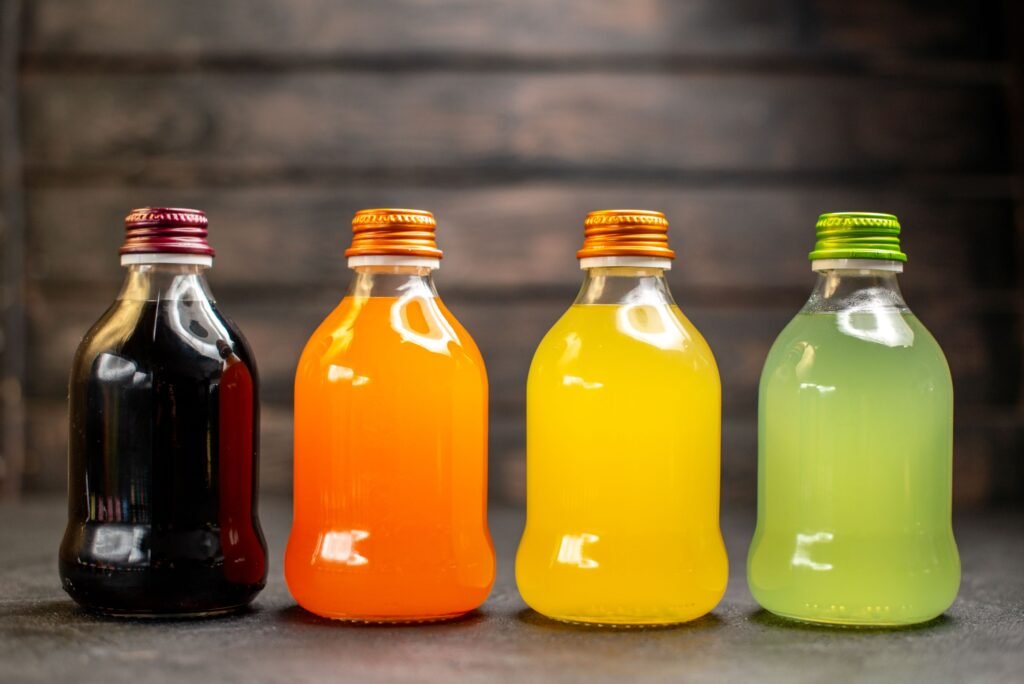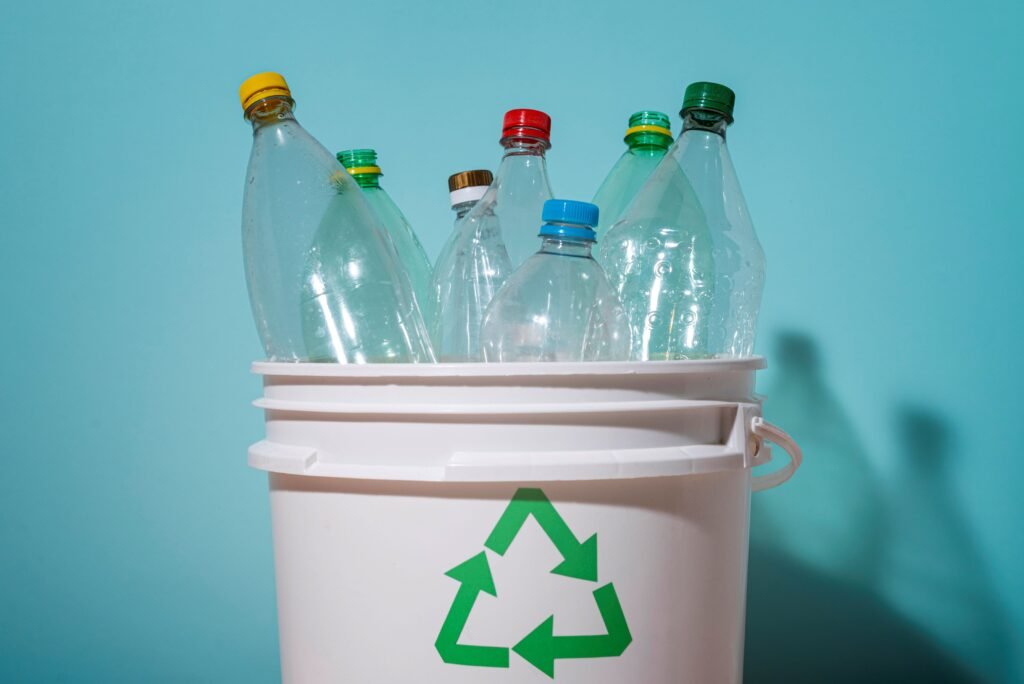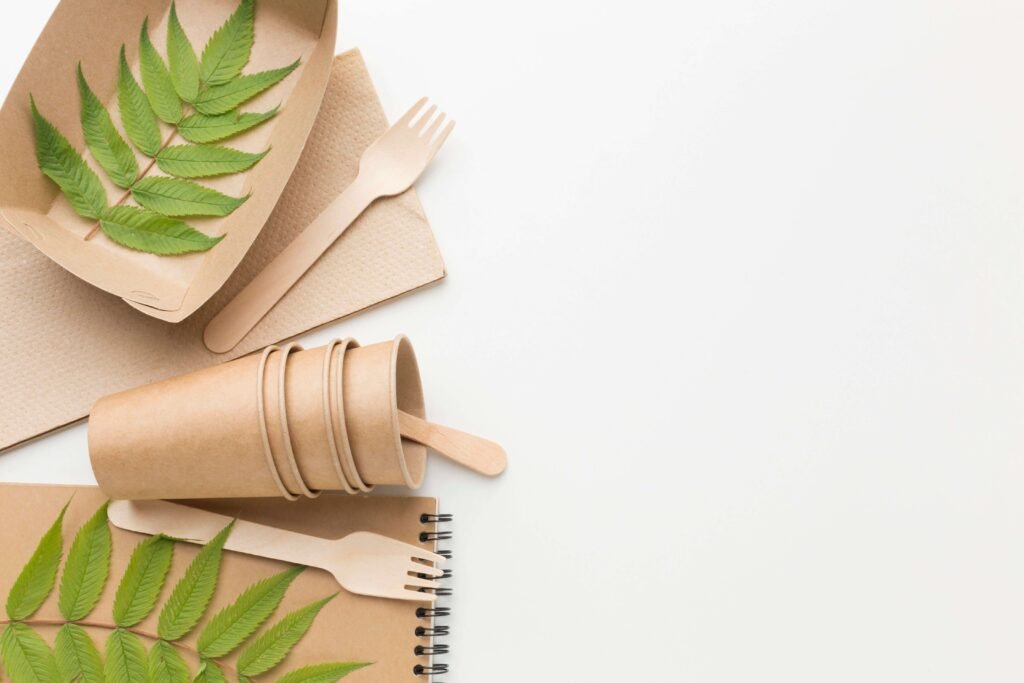
As consumers increasingly demand greater sustainability from the goods they purchase, companies respond by paying closer attention not only to the product itself, but also to its packaging. According to recent data from the Immagino Observatory, this shift in focus can be observed on product labels, with a subsequent impact on consumer behaviour.
The label serves as the first “physical” point of contact between companies and consumers, satisfying the latter’s need for thorough, accurate, and transparent information. As such, the label plays a crucial role in guiding consumer choices.
With regard to sustainability, labels now provide more information than ever before about the product as a whole: from its raw materials to its possible uses, all the way to the environmental sustainability and recyclability of its package. Essentially, the packaging also talks about itself, assuming a new and influential role in consumers’ decision making processes.
To put it simply, when consumers perceive an environmentally conscious approach, sustainability, recyclability, and overall green practices, they are more inclined to make a purchase. This significant aspect is something that companies are increasingly aware of.
The Key Words of Sustainable Labelling
According to a recent study by the Immagino GS1 Italy Observatory, consumers unquestionably prefer packaging that is attentive to sustainability, and certain key words are able to capture their attention more than others. The study (conducted twice yearly) is based on approximately 130,000 fast-moving consumer goods (FMCGs), comparing the products in the Immagino database as of June 2022 with those available for sale in large retail outlets as surveyed by NielsenIQ.
The numbers are extremely telling: as of June 2022, the Immagino Observatory’s products generated over €41 billion in sell-out, equal to 82.3% of what was sold by hypermarkets and supermarkets in the overall FMCG market in Italy, with more than 133,000 products.

SUSTAINABLE
Let’s start with the general results: the “sustainability” claim has spread to a significant portion of the market (+15.3%), arriving at 4,024 products, and has exceeded €3 billion in sell-out, with an annual growth of 5.5%. For the food sector, the categories most involved in this trend are those of traditional biscuits, supermarket ice cream, and packaged pastries.
Meanwhile, in the non-food sector, the Cleanright brand of dish and laundry detergents went into free fall, with sales dropping by 1.7%. The same trend could be seen for products with a sustainable cleaning certification, which experienced a 33.2% drop in sales over the 12-month period (laundry detergents, fabric softeners, and dish soaps). As for CO2 emissions, labels that claim a reduction have experienced an 11.9% increase in sales, a sign of the market’s appreciation.
PLASTIC-FREE or LESS PLASTIC
Plastic remains a hot issue for the market, thanks to European regulations that want to limit its use and the concern of consumers who are highly aware of both the issue and the need to stop its widespread use. Thus, the turnover of the 1,625 products sold in packaging that claims “less plastic” has grown by 9%, surpassing €1.2 billion and driven by a 19.4% increase in the selection of products and by a rise in cured meats, seed oils, and shelled nuts. This trend is also confirmed by the increased sale of products with compostable packaging.
Here, however, the positive trend can be seen not only in sales, with a two-digit growth of 10.7%, but also in the increase in products, which has soared by 25.2%, thanks to the switch from plastic to compostable single-use tableware. A significant increase in turnover was also experienced by products that advertise the use of Master-Bi resins, with more than €62 million in sellout (+12.9%) and with single-use tableware still playing a pivotal role.


Recyclability as True Value
RECYCLABILITY
Recyclability is the major trending topic of sustainable packaging. So much so that fully 40.2% of the products being monitored mention it on their label (as compared to 37.5% the previous year). In other words, two out of five monitored products feature an indication that can help consumers to correctly recycle the product’s package. However, it must be noted that the absence of this information does not necessarily mean that the package is not recyclable. This is true primarily for glass, whose disposal is not mentioned, despite it being a 100% recyclable material.
Returning to the more than 52,000 products whose packaging indicates recyclability, in more than 85% of cases the package is completely (4.9%) or mostly (82.3%) recyclable, with a figure that has improved slightly as compared to the previous 12 months (+0.8%). During the same period, the number of products sold in non-recyclable packaging decreased, now down to 3.5% as compared to 3.8% in June 2021.
The sectors most involved in indicating the recyclability of their packaging as a true value are those from the freezer section (ice creams and frozen foods), followed by fresh produce. The number of non-food products with packaging that mentions recyclabality is decidedly lower, but still growing: 39.5% in household care, 24.1% in personal care, and 23% in pet care. Beverages too are at the bottom of the list, with the same percentage as pet care, but this is justified by the significant presence of glass containers which, as mentioned earlier, often lack indications regarding recyclability.
RECYCLABLE MATERIALS
What is the packaging of the more than 52,000 products monitored by Immagino, on which the recyclability is indicated, made of? The largest share is made up of packaging composed of a single material, accounting for 38.2% of the products (a reduction of 1.4% as compared to the previous year). The remaining 61.8% of items have packaging made up of multiple materials, in most cases two (35.1%) or three (19.8%).
When it comes to sustainable packaging, the consumer response is loud and clear. The sale of products that are entirely or mostly recyclable is undoubtedly greater, for both commercial brands and for the top twenty, followed by smaller producers. This is an unquestionable indication that consumers strongly approve of companies’ green policies and that small choices can make a big difference.
